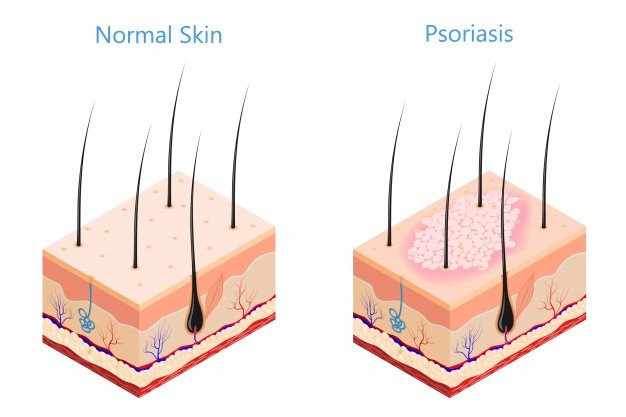Overview
Well-maintained and groomed toenails look attractive. However, some people suffer from ingrown toenails, where the nail grows deep into the skin or the skin begins to cover the edge of the nail. As a result, the area can become inflamed and painful. You can also notice swelling, redness, and tenderness. Sometimes, it culminates in an infection, which may spread to the underlying bones without proper medical intervention. This condition typically affects the big toe. Anyone can face this issue, from kids to adults. Ingrown toenails can have various causes, such as trimming nails below the natural edge of the toe, shaping them with curved or uneven edges, wearing ill-fitting socks or shoes that put pressure on the toes, or subjecting the feet to repeated stress through activities like long-distance running or ballet. In some cases, the condition may also be hereditary.
Regardless of the cause of this condition, you need to pay attention to its well-being. Before the situation worsens, you must seek medical attention from a recognized podiatry clinic in your city. Let the foot experts analyze your toenail and recommend a proper solution based on its condition. If you have already been putting up with the pain, please don’t delay it anymore. For help, you can visit https://feetfirstpodiatry.com.sg/ingrown-toenail-removal-surgery-treatment/.
Warning Signs That an Ingrown Toenail Needs Timely Treatment
You can experience various symptoms associated with ingrown nails. When the nail sinks into the toe skin, the edge of the nail plate becomes painful. It leads to swelling, redness, and inflammation at the same site. Inflammation increases infection risk. If an infection occurs, your toe may produce pus, blood, or both from the sides of the nail. Without timely intervention, a layer of granulation tissue or new skin will continue to form over the infection, further worsening the existing condition. It can eventually affect other parts of your foot as well. Hence, it's better to visit a podiatrist as soon as you experience discomfort with your toenail. Someone with diabetes, blood circulation issues, and nerve damage in the leg or feet must be more proactive in this area. Otherwise, they may have to pay a heavy price for delaying the treatment.
Generally, ingrown toenails improve by themselves, but others require extra effort. If you don't notice any improvement, it's better to consult a specialist. Prompt treatment is necessary, especially if the area starts to ooze pus.
Treatment for Ingrown Toenails
For ingrown toenails, you can try at-home solutions, non-surgical clinic-based treatments, and, finally, surgery. Home treatments entail soaking the affected toenail in lukewarm water that also contains salt. It can soothe inflammation and skin. You can apply a betadine solution to avoid infection risks. Plus, proper nail trimming methods and footwear choices should be adopted.
Conclusion
If you don't find relief, your podiatrist may need to lift the nail plate for treatment. It is called nail plate packing, a non-surgical procedure that helps correct the position of the nail growth by putting a tiny piece of cotton under the affected toenail. The experts can also use a brace to rectify the nail's growth pattern. If there is a risk of fungal infection, you can expect the foot specialist to use laser treatment to eliminate germs and restore your nail's health. However, some patients benefit from surgery that may take more than one hour. The target area will be numbed and anaesthetized before removing the ingrown toenail.
To be precise, it’s always better to consult foot experts for any difficulty that you face with your feet.







